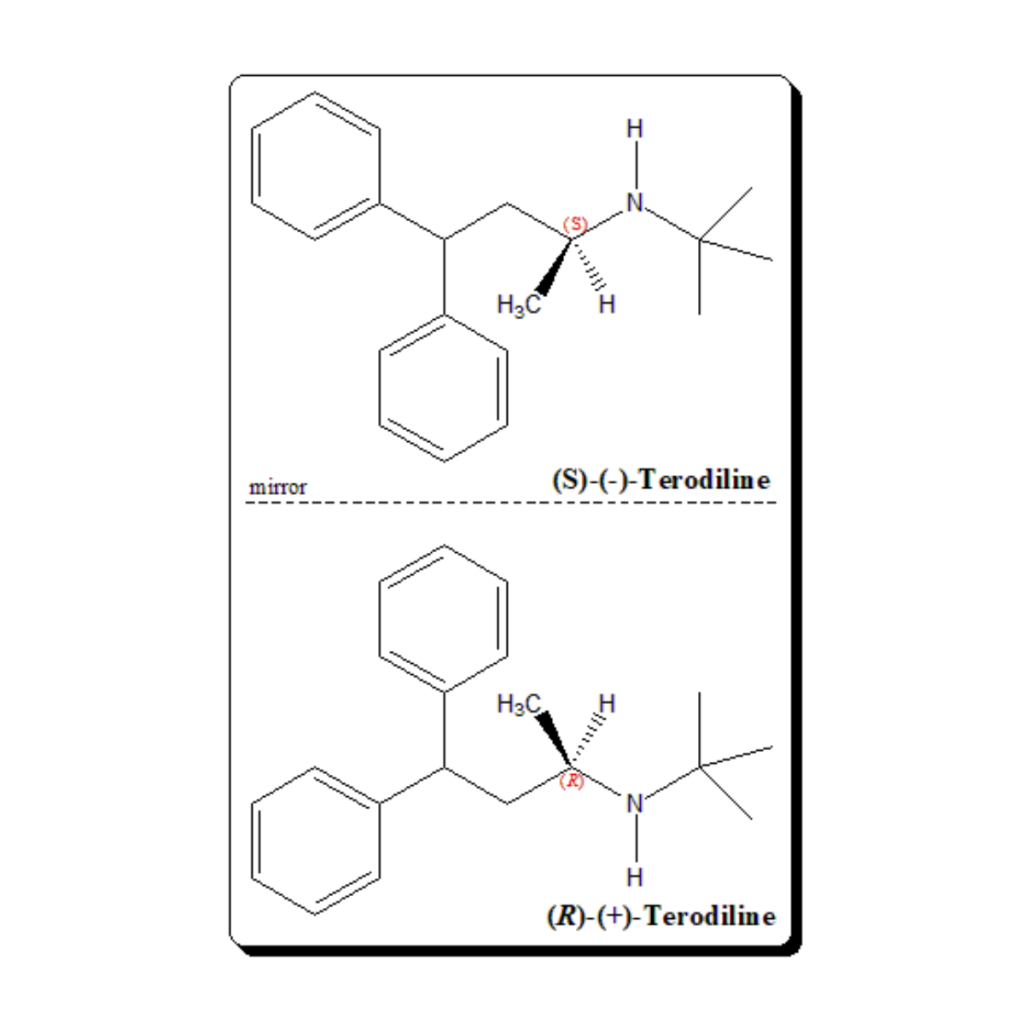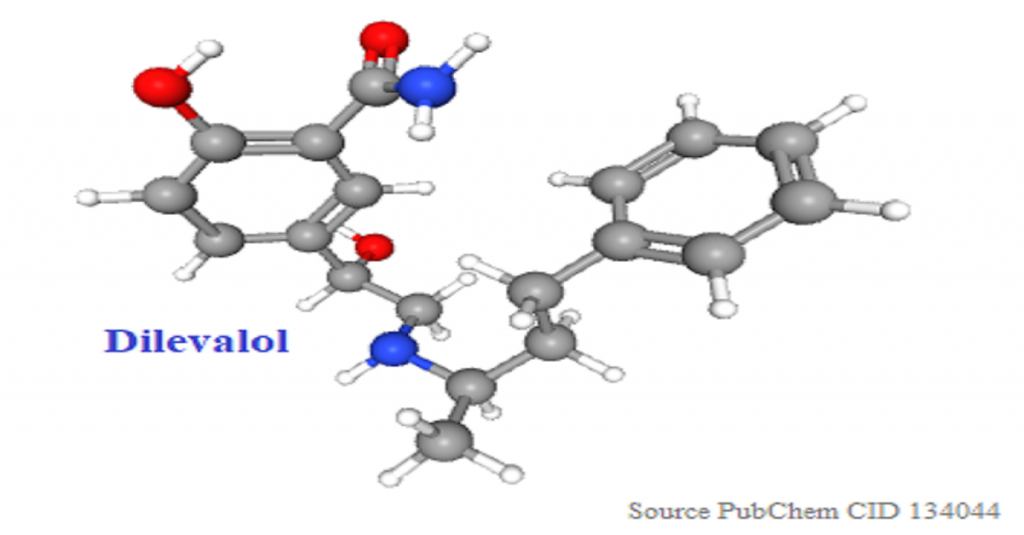Terodiline
(±)-Terodiline, the antianginal agent, perhaps represents the best authenticated example of a drug that had to be withdrawn from the world market as consequence of proven stereospecific toxicity. Terodiline has a close similarity to prenylamine from a structural and pharmacological view point. It was firs marketed as an antianginal agent but it exhibited urinary retention as a frequent and worrying side-effect. It was decided to exploit the the side-effect. Therefore the drug was redeveloped and …



